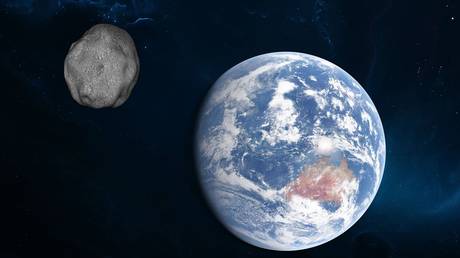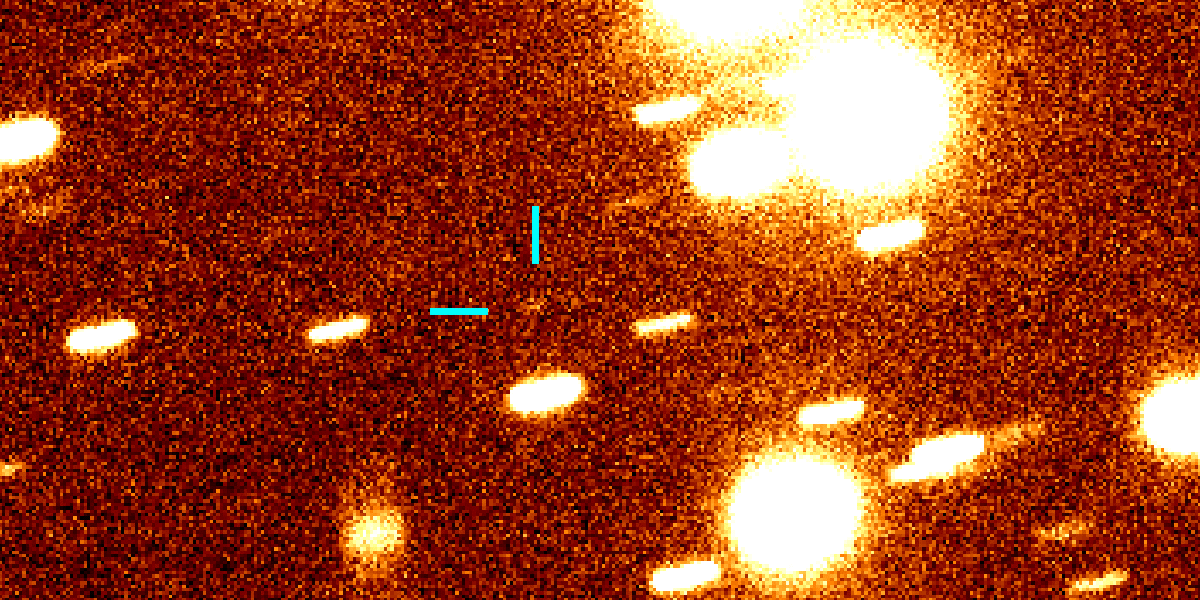
As 2020 draws to a close and the number of existential threats to life on Earth appears to diminish at least slightly, NASA is warning about the close flybys of three asteroids over 40 meters in diameter.
On December 21 alone, three asteroids ranging from 5.1 meters to 45 meters in diameter are expected to shoot past the Earth.
The tiny, five-meter 2020 YB has already passed the planet at a relatively close 899,000km.
Dwarfing their space rock companion are the 45-meter (or roughly half the height of the Statue of Liberty) 2017XQ60 and the 42-meter (a third the height of the Great Pyramid of Giza) 2020 XA3, passing at 4.1 million and 4.8 million kilometers respectively.
Next up, on Tuesday, December 22, the 14-meter asteroid 2020 XH6 will pass at a distance of 2.4 million kilometers, followed shortly afterwards by the 41-meter (2.5 times the height of the Hollywood Sign) 2020 YP at 5.7 million km.
For reference, the average distance between the Earth and the Moon is approximately 384,000 kilometers.
Later this month, following a successful mission to collect samples from the distant asteroid Ryugu, the Japan Aerospace Exploration Agency (JAXA) probe Hayabusa2 will visit yet another space rock as it nears the Earth.
On December 10, 2020, the agency’s Hawaii-based Subaru Telescope captured an image of the asteroid 1998 KY26 which is predicted to approach Earth in mid to late December at a distance close enough to be observed with a large telescope, an event which happens every 3.5 years.
With an estimated diameter of 30 meters, 1998 KY26 is a great deal smaller than its distant counterpart Ryugu (870 m), but is also a good deal closer.

This latest image, in combination with a photo grabbed by the Very Large Telescope (VLT) of the European Southern Observatory (ESO), will assist the Hayabusa2 mission and improve its odds of a successful encounter before the probe runs out of fuel, having completed not one but two out-of-this-world missions that will bolster humanity’s planetary defenses for years to come.
“This will be the first mission to this small of an asteroid, so it is very meaningful both in terms of planetary science and planetary defense (protecting Earth from collisions with stellar objects),” Dr. Michitoshi Yoshida, director of Subaru Telescope, said.
Think your friends would be interested? Share this story!




